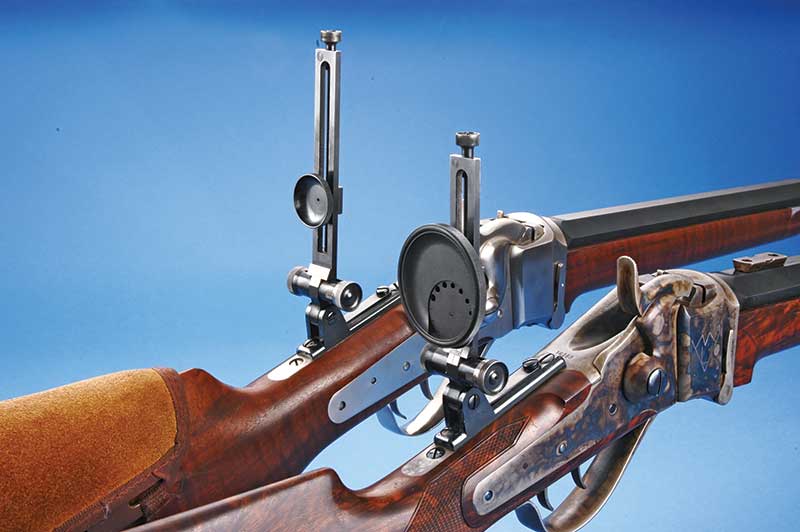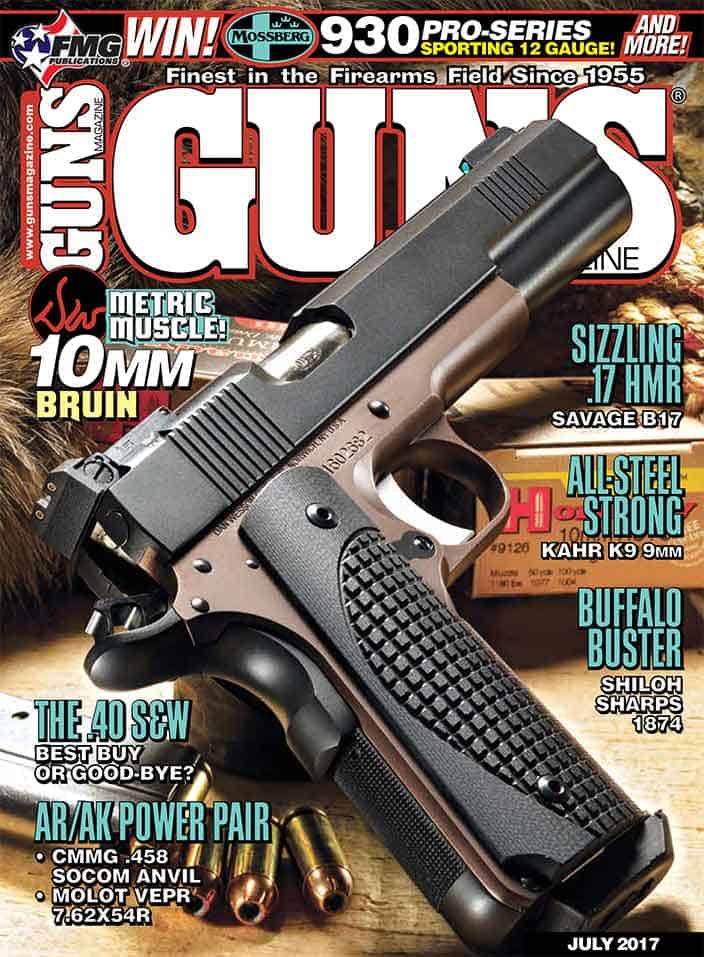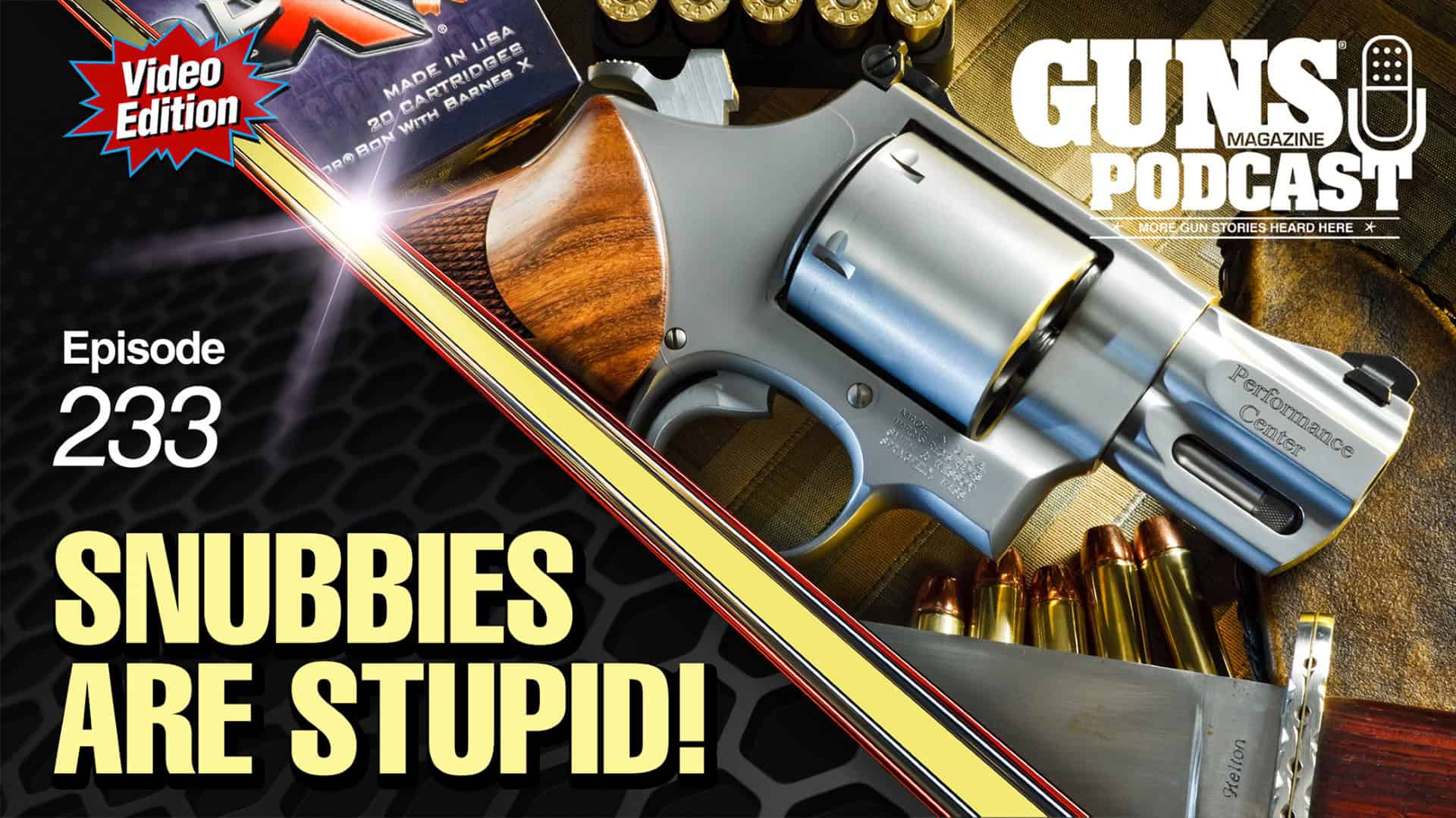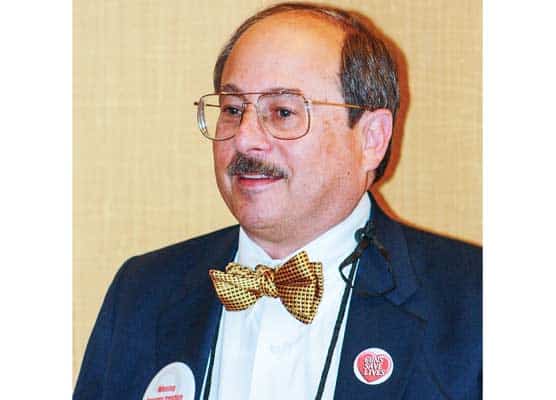Buffalo Buster
Shiloh Sharps Admirably Reproduces
The Old West's Iconic Model 1874
This is my 36th year as a Shiloh Model 1874 Sharps shooter. It all started when I attended the SHOT Show in January 1980 in—of all places—San Francisco, Calif. There I happened on an attractive display of replica Sharps Model 1874 and Model 1863 rifles. A tall, strong-looking fellow with a distinct German accent gave me the scoop.
His name was Wolfgang Droege and he was boss of Shiloh Rifle Manufacturing Company of Farmingdale, New York. His rifles were darn good looking and a display showing the array of chamberings was downright bewildering. They ran from .40 to .50 caliber in a wide variety of case lengths and shapes. Of course my eye was drawn to the biggest which was .50-140 (3-1/4-inch case). Almost simultaneously I was dejected because Mr. Droege told me waiting time was about a year. He also recommended I rethink the .50-140 idea by reading up on Sharps history.
I did, discovering original Sharps Model 1874’s of the 1870’s were never chambered for 3-1/4-inch cases. That left my picks as .50-70 or .50-90 with case lengths of 1-3/4 and 2-1/2 inches respectively. Fast forward over a year to February 1981 and I was at Livingston, Montana’s small winter gun show. To my utter delight there was a used Shiloh Sharps .50-70 there and I paid $450 for it without even a second’s hesitation. Soon thereafter, without even shooting it, I made my first Sharps mistake. I had its 1-3/4-inch chamber run out to the 50-90’s 2-1/2-inch length. (Here’s a thought: At the same gun show I paid the same amount for a Model 70 Winchester .220 Swift. Swifts have been of disinterest to me now for most of the past 36 years, yet I’m still infatuated with Shiloh Model 1874 Sharps.)
Because I was a non-believer in shooting black powder then, my mistake was double edged. First, .50-90 dies and brass were many times more expensive than for the .50-70. Second, smokeless propellants just do not work well in such huge cases. Black powder loaded .50-70’s can push bullets clean through a bull bison, which I discovered personally many years later. Still, I insisted on shooting smokeless and often jacketed bullets—for a time. Still things went rather well. I dropped bull elk, mule deer and five head of African plains game with one or another Shiloh Model 1874.
The Shiloh Rifle Manufacturing Company still makes Model 1874’s in a variety of stock and barrel configurations. Barrel lengths can range from 20 to 34 inches and finished rifle weights vary from 7 to 16 pounds. I think even a couple of 22 pounders were made on very special order. At no extra cost, barrels can be standard (slightly less than an inch at the muzzle) or heavy (slightly over an inch at the muzzle). Those measurements are for full octagon ones. Both sizes can be round, octagon and 1/2 round, 1/2 octagon.
Plain Or Fancy
Shiloh wood can be standard straight-grain walnut up to presentation-grade walnut. If you supply your own wood, you can have English walnut. Buttstock configurations can be pistol grip or straight grip, shotgun butt or rifle butt. Usually pistol grip stocks have shotgun butts and straight grip ones have rifle butts, but that’s not always so. Steel buttplates are color case-hardened steel. There are also checkered plastic shotgun-style buttplates.
While on the subject of options, there are too many to detail but I’ll give some examples. Standard barrel finish is matte blue, but high polished blue is a step up. Standard color case hardening is nice, and the bone-meal-pack color case-hardening is exquisite. So is checkering or engraving. Except for two very rare original Sharps chamberings, all listed in the 1870’s can be had from Shiloh. The two missing are .40-50 Straight and .44-60 Bottleneck. A few non-original Sharps cartridges are options. The 2017 catalog lists ones such as the .30-40 Krag, .38-55 and .40-65.
So far, I’ve owned over 30 Shiloh Model 1874’s since 1981. All the stock configurations have been tried and collectively I’ve owned rifles with round, octagon and 1/2 octagon, 1/2 round in standard weight. My rifles have ranged from 26 to 34 inches in barrel length and from 7 to 14 pounds in weight. At this writing I’m down to two Shilohs. One is in the Number One configuration with pistol grip stock, cheekrest and steel shotgun buttplate. It was special ordered with presentation grade wood, checkering, and a multitude of smaller options including my MLV initials inlaid on the action’s left side in silver. That rifle started out as .45-70 in 2004 but a couple years back I had it rebarreled to .40-65 for a BPCR silhouette competition. (Due to this game I became a most avid black powder shooter but that’s another story.)
My other Shiloh is the one I’m most proud of. It’s a Montana Roughrider; meaning it has a pistol grip and shotgun-style buttstock but no cheekrest. Barrel length is 30 inches, full octagon and caliber is .45-70. What makes me proud about it? I won it by being the highest scoring competitor firing a Shiloh Sharps in the 2006 BPCR National Championships. That was placing 9th overall. Another reason for my pride is it’s so darn accurate.
Last November at the Arizona State Championship I hit 28 of 30 rams fired at in the 3-day event. Take note: those rams are at 500 meters (547 yards) and their bodies measure only 13 inches deep and about 26 inches long. Before that in September I won a cash award at the annual Shiloh Invitational BPCR Silhouette event held on their private range near Big Timber, Montana. With my Shiloh .45-70 I hit more turkeys than anyone in the 2-day event (18 of 20). The turkeys are at 385 meters (422 yards) and no more than an 11-inch circle can fit inside their bodies.
Many modern riflemen find it hard to understand how a rifle with an exposed side-hammer, firing handloads using black powder and home cast lead-alloy bullets can deliver such precision. I couldn’t accept it either—until my own rifles proved it to me. My two Shilohs will easily group 1-1/2 minute of angle to 200 and 300 yards, which is as far as I can shoot here on my home range. And that’s either with peep sights or optics.
Let’s speak of sights for a moment. To the west of my home about 30 miles away is a company called Montana Vintage Arms. They make target-grade tang peep sights with corresponding spirit level fronts taking myriad inserts. More recently, they added target-grade scopes and mounts for BPCR shooters. My rifles wear one or the other in all matches. The NRA instituted a scoped division of BPCR Silhouette about 15 years ago to prevent us older gents from necessarily dropping out of the game due to aging eyesight. I compete in both divisions but am starting to favor the optics.
Back to Shiloh Rifle Manufacturing. To my surprise and pleasure shortly after I bought my first Shiloh rifle in 1981 I learned steps were being taken by Wolfgang to move the entire Shiloh operation to Big Timber, Montana. The move was accomplished in 1983. By Montana standards this practically made us neighbors so I have been a frequent visitor to the plant ever since. One of my highlights involving Shiloh was being invited to participate in some live firing outside of Big Timber in July 1989. Our guest was Tom Selleck and he was prepping for his role in the upcoming movie Quigley Down Under.
In 1991 Wolfgang Droege sold the company to the Bryan Family of Montana. They are Bob and Phyllis (father and mother) and son and daughter Kirk and Lucinda. They still all work there at the Shiloh facility. To say Shiloh’s rifles are made lock, stock and barrel in Montana is an understatement. They are totally made in-house right down to their individual springs and screws. Furthermore, the Bryan family also built their own foundry next door so they investment cast their own parts and some for other firms. A tour of the facility is fascinating. Just be sure you go when it is in operation as they work a 4-day week for the manufacturing while the retail store and showroom is open 5 days but not weekends.
After the Quigley movie appeared in 1990 it became a cult classic and still is some 27 years later. Also after it appeared waiting time for a Shiloh rifle became 5 years! Now it’s back to a more reasonable 1-1/2 years. Because of demand for the Model 1874’s, percussion Model 1863’s have been discontinued. However, a new rifle is in the works—a Model 1877. Less than 200 were made by the Sharps Rifle Company of the 1870’s, almost all for long-range target shooters. Many of us Sharps rifle lovers have already signed up for them and when mine is in my grasp I’ll let you know about it.
Montana Vintage Arms
61 Andrea Dr., Belgrade, MT 59714
(406) 388-4027
www.montanavintagearms.com
Shiloh Rifle Mfg. Co.
P.O. Box 279, 201 Centennial Drive
Big Timber, MT 59011
(406) 932-4454
www.shilohrifle.com











